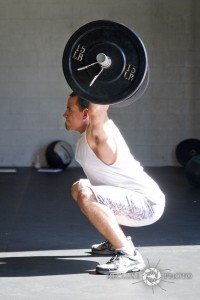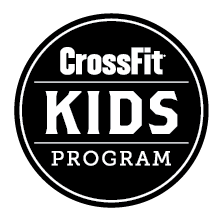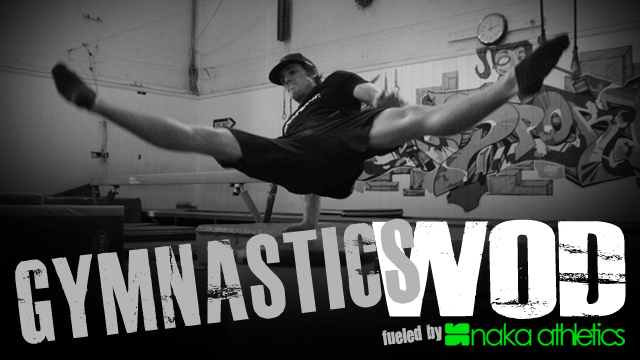2
Oct / 12
How Walking Gait Differs from Running Gait
posted by: Sean
After many of our Running posts, drills, and discussions on the topic, I am often asked if the same concepts apply to walking. It seems logical on the surface that ideas like minimizing the impact forces on joints, maintaining a controlled fall, and using gravity to assist your forward motion might also be useful in walking. The main difference between walking and running is the presence of a float phase in the running gait (see Michelle in photo above). The float phase is where both feet are simultaneously off the ground. In walking one foot is always in contact with the ground, and those familiar with the sport of speed-walking know that the “one foot on the ground” rule is pretty strict. Because one foot is always on the ground the walking gait differs in many ways from the ideal running gait.
First, the initial contact in walking is a heel strike (a big no-no in running). The impact forces in walking are typically well accounted for and some say that these impact forces provide benefits like maintaining bone density, better circulation, and better muscle and tendon function.
Second, the knee remains relatively locked out when walking creating a inverted pendulum effect where the upper body is said to vault over the straight leg underneath it and little energy is recycled in the process. When running, the knees bend to allow for the “float” discussed earlier which also helps the tendons and muscles to store some of the impact forces to propel the body forward effectively like a pogo stick bouncing forward.
Finally, many researchers theorize that humans strive to maximize energy efficiency and move in manner that best meets that goal. At slower speeds walking is simply more energy efficient but each person has one speed that maximizes economy after which energy expenditures increase exponentially as walking speed increases until at a certain speed walking is no longer physically possible or economically viable. Running ultimately becomes the more efficient means of locomotion and economy of energy can be maintained much easier at higher speeds relative to walking because of the recoil effect of the tendons and muscles, as well as the ability to adjust stride length, cadence, and other variables.
In the decision making process of deciding whether to walk or run we weigh the priorities of time and economy of energy. If we aren’t in a rush, walking should do the trick and doesn’t require a lot of energy. If we are trying get somewhere or away from somewhere quickly we resort to running. Most of the energy expenditure in running is dictated by how fast we accelerate, the speed maintained or our coasting speed, and how fast we decelerate. It often comes down to how quickly do I want to get to where I’m going and is it worth the effort it will take to get me there that fast. Whether you decide to walk or run, hopefully now you understand some of the differences between the two gaits and can appreciate how each is useful.
References:
- Dr. Phil Maffetone. ”Walking vs. Running: Why These Gaits are not the Same“. Natural Running Center (21 June 2012).
- Tom F. Novacheck. ”The Biomechanics of Running“. Gait and Posture 7 (1998).
WOD 10.02.12
Back Squat 3×5 or Wendler
Partner WOD
6x 240m Sprints
Then 3 Rounds of:
- 10 Pullups
- 20 Kettlebell Swings
One partner runs while the other rests. Once 6 total runs are completed, one partner does pull ups while the other does KBS.


 310.465.6565 |
310.465.6565 |


























comments